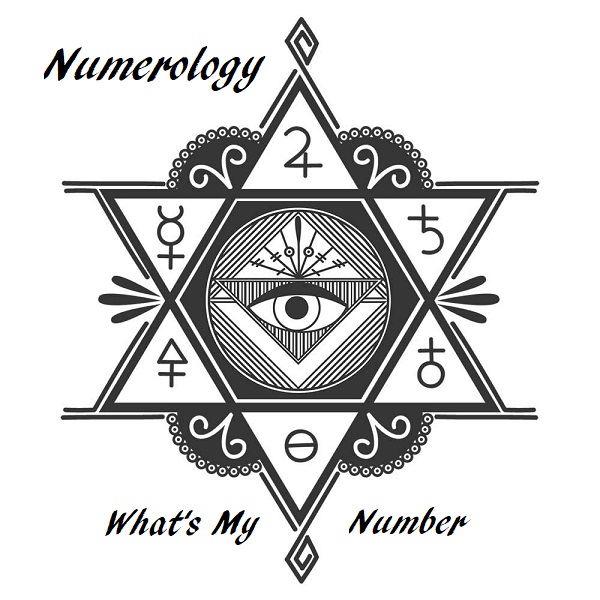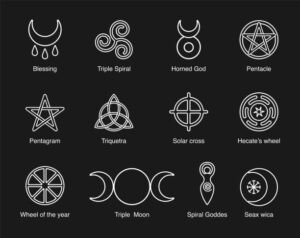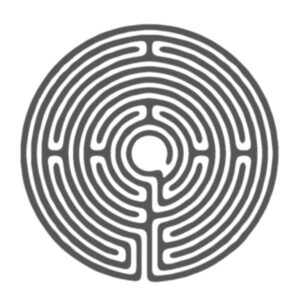Contents
- 1 Celtic, Egyptian, Wiccan and Pagan Symbols and Their Meaning
- 1.1 Sacred Signs: The Hidden Meanings of Celtic Egyptian Wiccan and Pagan Symbols
- 1.2 What Are Celtic, Egyptian, Wiccan and Pagan Symbols?
- 1.3 Popular Celtic, Egyptian, Wiccan and Pagan Symbols and Their Meanings
- 1.3.1 The Pentagram and Pentacle
- 1.3.2 The Triple Moon
- 1.3.3 The Ankh
- 1.3.4 The Spiral
- 1.3.5 The Sun Wheel
- 1.3.6 Runes
- 1.3.7
- 1.3.8 The Horned God
- 1.3.9 The Green Man
- 1.3.10
- 1.3.11 Thor’s Hammer (Mjölnir)
- 1.3.12 Valknut
- 1.3.13
- 1.3.14 Dara Celtic Knot
- 1.3.15 Eye of Horus
- 1.3.16
- 1.3.17
- 1.3.18
- 1.3.19 Labyrinth
- 1.3.20 Vegvisir
- 1.4
- 1.5
- 1.6
- 1.7 Modern Usage and Interpretation
- 1.8 Respecting the Symbols
- 1.9 Conclusion to Celtic Egyptian Wiccan and Pagan Symbols
- 1.10 Triquetra Symbol: Meaning, History, and Modern Significance
Celtic, Egyptian, Wiccan and Pagan Symbols and Their Meaning
Sacred Signs: The Hidden Meanings of Celtic Egyptian Wiccan and Pagan Symbols
Symbols are powerful tools that connect us to spirituality, mythology, and the natural world. Celtic, Egyptian, Wicca, and Pagan Symbols serve as gateways to understanding ancient wisdom, rituals, and universal truths. Let’s explore these symbols’ significance, origins, and modern interpretations.
What Are Celtic, Egyptian, Wiccan and Pagan Symbols?
Celtic, Egyptian, Wiccan and Pagan Symbols encompass various imagery, often rooted in nature, cosmology, and mythology. These symbols are not just decorative; they hold profound meaning and are used in rituals, meditation, and spiritual practices to channel energies, focus intentions, and honour deities.
Unlike mainstream religious symbols, which often represent a single faith or deity, Celtic, Egyptian, Wiccan and Pagan Symbols are highly diverse and inclusive, reflecting these spiritual paths’ individualistic and eclectic nature. From pentagrams to runes, every symbol tells a unique story.
Popular Celtic, Egyptian, Wiccan and Pagan Symbols and Their Meanings
The Pentagram and Pentacle
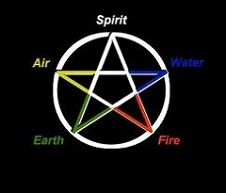 The pentagram is perhaps the most recognizable symbol of Wicca and Paganism. It is a five-pointed star, often enclosed within a circle when called a pentacle. Each point of the pentagram represents an element: earth, air, fire, water, and spirit. Together, these elements symbolize balance and interconnectedness.
The pentagram is perhaps the most recognizable symbol of Wicca and Paganism. It is a five-pointed star, often enclosed within a circle when called a pentacle. Each point of the pentagram represents an element: earth, air, fire, water, and spirit. Together, these elements symbolize balance and interconnectedness.
Various cultures, including ancient Greece and Babylon, have used the pentagram as a symbol of protection and harmony. In Wicca, the pentacle is often used on altars or in ritual tools to safeguard practitioners and amplify spiritual energy.
The Triple Moon
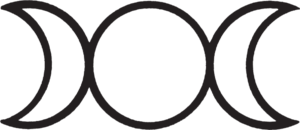 The Triple Moon symbol represents the phases of the moon and the divine feminine. Its three segments—waxing crescent, full moon, and waning crescent—correspond to the stages of life: maiden, mother, and crone. It is a tribute to the Goddess and her cyclical nature, reflecting growth, culmination, and release.
The Triple Moon symbol represents the phases of the moon and the divine feminine. Its three segments—waxing crescent, full moon, and waning crescent—correspond to the stages of life: maiden, mother, and crone. It is a tribute to the Goddess and her cyclical nature, reflecting growth, culmination, and release.
This symbol underscores the importance of lunar cycles in Wiccan and Pagan rituals, guiding practitioners in alignment with the ebb and flow of energy in their lives.
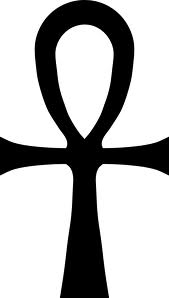 The Ankh
The Ankh
The ankh, often seen in Egyptian art, has also found a place in Pagan practices. Known as the “key of life,” it symbolizes eternal life, regeneration, and the union of masculine and feminine energies. The ankh’s cross-like shape with a loop at the top makes it distinct and universally recognized.
Many Pagans incorporate the ankh into rituals honouring life, death, and rebirth, emphasizing the cyclical nature of existence.
The Spiral
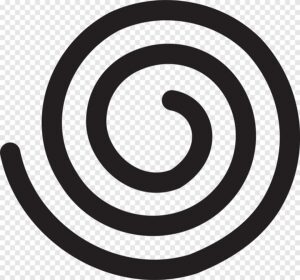 The spiral is one of the oldest symbols in human history, appearing in ancient carvings and artwork worldwide. It represents the journey of life, spiritual growth, and the interconnectedness of all things. In Paganism, it is often associated with the Goddess and the natural rhythms of the universe.
The spiral is one of the oldest symbols in human history, appearing in ancient carvings and artwork worldwide. It represents the journey of life, spiritual growth, and the interconnectedness of all things. In Paganism, it is often associated with the Goddess and the natural rhythms of the universe.
Spirals can be used in meditation, as they guide the mind inward toward self-discovery and outward toward cosmic connection.
 The Sun Wheel
The Sun Wheel
The Sun Wheel, or Solar Cross or Sonnenrad, symbolizes the balance of light and darkness, the changing seasons, and the turning of the year. Often associated with the Pagan Wheel of the Year, it marks the solstices and equinoxes—key celebrations in many Pagan traditions.
This symbol reminds us of our connection to the sun, its life-giving energy, and the cyclical passage of time.
Runes
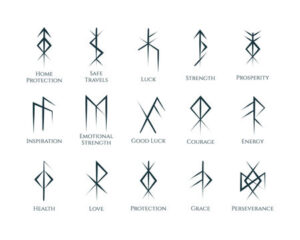 Runes are ancient alphabetic symbols with deep spiritual significance. Originating from the Norse and Germanic peoples, runes are used in divination, magic, and meditation. Each rune carries specific meanings, ranging from strength and protection to love and fertility.
Runes are ancient alphabetic symbols with deep spiritual significance. Originating from the Norse and Germanic peoples, runes are used in divination, magic, and meditation. Each rune carries specific meanings, ranging from strength and protection to love and fertility.
Runes allow practitioners to tap into ancestral wisdom and seek guidance from the universe.
The Horned God
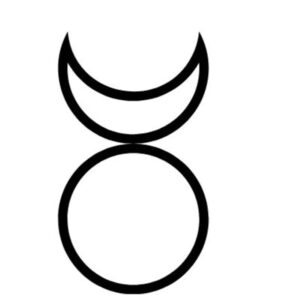 The Horned God is a symbol of masculine energy, fertility, and the wild. Represented by antlers or horns, this deity embodies the untamed forces of nature and the balance between life and death. In Wicca, he is often paired with the Goddess to represent the duality of existence.
The Horned God is a symbol of masculine energy, fertility, and the wild. Represented by antlers or horns, this deity embodies the untamed forces of nature and the balance between life and death. In Wicca, he is often paired with the Goddess to represent the duality of existence.
This symbol is a reminder of our primal instincts and connection to the Earth.
The Green Man
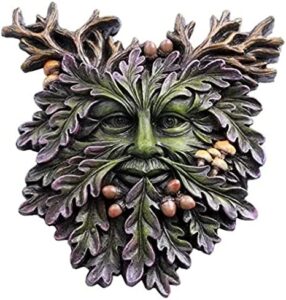 The Green Man, often depicted as a face surrounded by leaves, is a Pagan symbol of nature, rebirth, and the cycle of growth. He represents the vitality of the natural world and the interconnectedness of all living things.
The Green Man, often depicted as a face surrounded by leaves, is a Pagan symbol of nature, rebirth, and the cycle of growth. He represents the vitality of the natural world and the interconnectedness of all living things.
For Wiccans and Pagans, the Green Man serves as a guardian of the Earth and a symbol of ecological harmony.
Thor’s Hammer (Mjölnir)
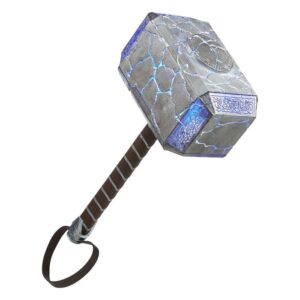
Thor’s Hammer (Mjölnir) is a powerful symbol from Norse mythology. It signifies strength, protection, and divine power. Vikings often wore Mjölnir amulets to invoke Thor’s might and bravery. Today, it remains a prominent symbol of Norse paganism and spiritual heritage.
Valknut
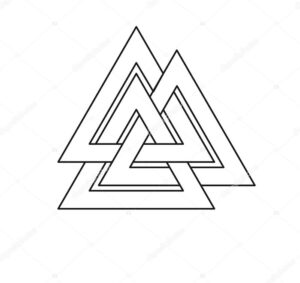 The Valknut, meaning “knot of the slain”, consists of three interlocked triangles and is associated with Odin, the Norse god of war and wisdom. Found on ancient artifacts and burial sites, it symbolizes the connection between life and death, as well as the honour of warriors chosen to enter Valhalla.
The Valknut, meaning “knot of the slain”, consists of three interlocked triangles and is associated with Odin, the Norse god of war and wisdom. Found on ancient artifacts and burial sites, it symbolizes the connection between life and death, as well as the honour of warriors chosen to enter Valhalla.
Dara Celtic Knot
The Dara Celtic Knot symbolizes strength, wisdom, and the oak tree in Celtic culture. The oak tree, revered for its endurance and knowledge, inspires this intricate design, representing personal growth and triumph over challenges.
Eye of Horus

Originating from Egyptian mythology, the Eye of Horus is a symbol of protection, healing, and divine watchfulness. It was often painted on boats and coffins to safeguard travellers and the deceased.
Labyrinth
The labyrinth is a universal symbol of journey and transformation. Walking its winding path is seen as a meditative practice, leading to spiritual enlightenment and self-discovery.
Vegvisir
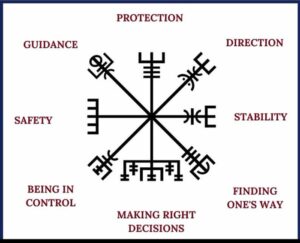
The Vegvisir, or Norse compass, is a symbol of guidance and protection. It was believed to help travellers find their way through storms and rough seas, ensuring safe passage.
Modern Usage and Interpretation
Today, Celtic Egyptian Wiccan and Pagan symbols continue to inspire spiritual seekers, artists, and storytellers. They are used not only in rituals but also in jewellery, tattoos, and home décor, serving as personal talismans or reminders of one’s spiritual journey.
While some symbols remain unchanged, others have evolved to reflect contemporary values, such as environmentalism and inclusivity. The adaptability of these symbols makes them timeless and relevant.
Respecting the Symbols
It’s important to approach Celtic, Egyptian, Wiccan and Pagan symbols with respect and understanding. These symbols hold sacred meaning to many people and represent deeply personal beliefs. Whether you are a practitioner or an admirer, take the time to learn about their origins and significance.
Conclusion to Celtic Egyptian Wiccan and Pagan Symbols
Celtic, Egyptian, Wiccan and Pagan symbols offer a glimpse into a world rich with mythology, nature, and spirituality. They remind us of our connection to the universe, the Earth, and each other. Exploring these symbols is not just an intellectual exercise—it’s a journey into the heart of human experience and imagination.
So, next time you encounter a pentacle, spiral, or Green Man, pause for a moment. Reflect on the stories they tell and the wisdom they hold. The world of Wicca and Paganism invites us to embrace mystery, find meaning, and celebrate the beauty of the unseen.
